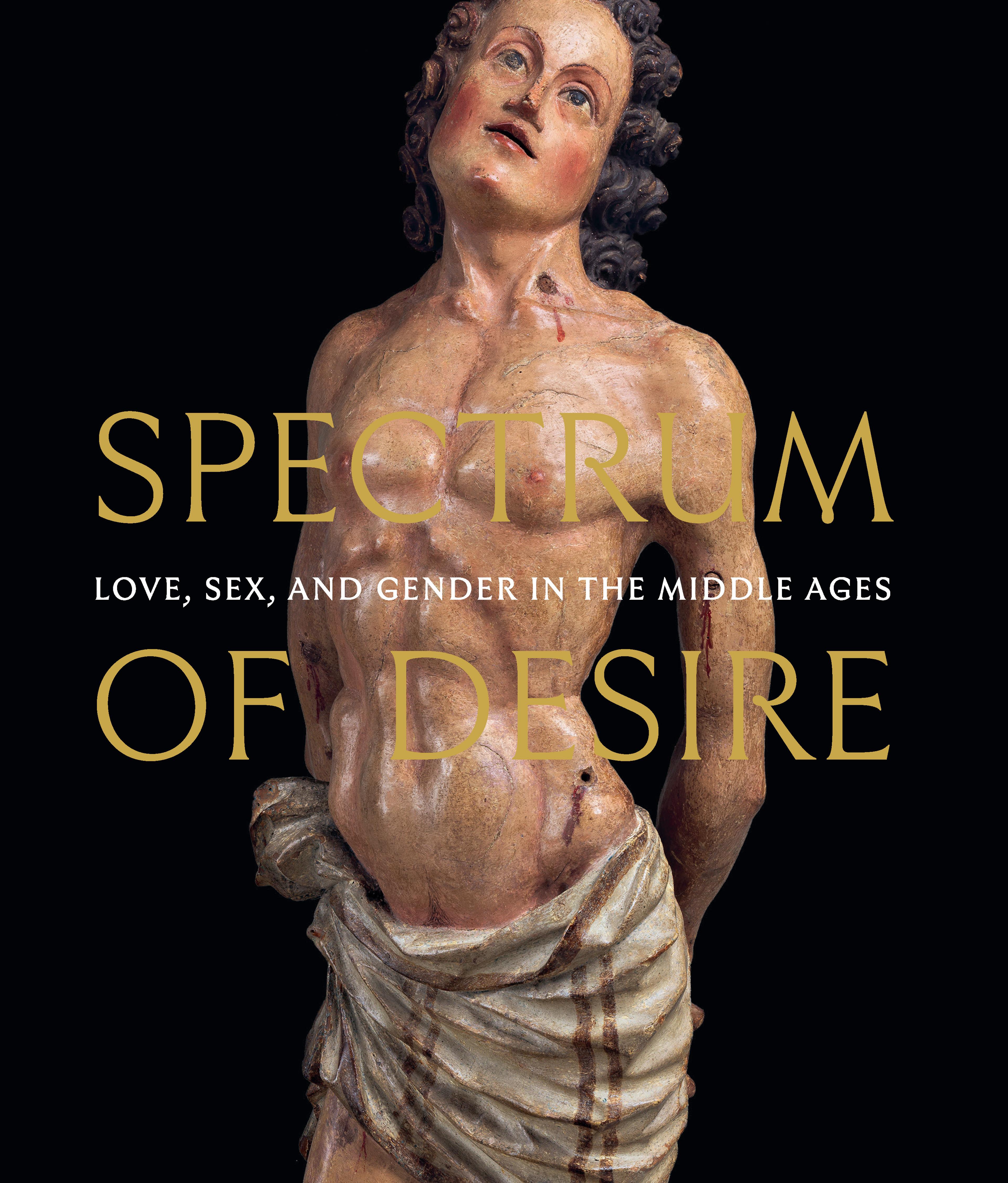Leaf of a Writing Tablet
It is probable that this leaf from a writing tablet, as with many extant writing tablets, was intended for letter writing. The decoration of the exterior of many of these ivory tablets, carved with scenes of courtship and chivalric romances, suggests that they were used by noble men and women for love poems or secret letters. Though this particular tablet is its fragmentary state, complete tablets are known. A similar, complete writing box was designed to hold not only the leaves, but also the stylus and a sunken receptacle for wax.
Writing tablets of wood, metal, or ivory, which had been in use from the days of ancient Egypt, were not medieval inventions. They were, however, important writing implements in a period when paper and parchment were both scarce and expensive. The value of the writing tablets lay in their reusable character. A brief message or account could be inscribed with a stylus on a thin layer of wax spread on the back of the tablet. After the recipient had read it, it could be erased so that an answer could be written in the wax and sent back to the owner. Though this medium did not lend itself to permanent records, it is probable that scribes used writing tablets for dictation of information which was to be transcribed later on parchment or paper; students, too, may have used writing tablets for practice exercises, and housewives, for inventories or accounts. These writing tablets were often equipped, as were many medieval objects, with leather cases to protect them both in storage and when carried on the person or during travel.
Writing tablets of wood, metal, or ivory, which had been in use from the days of ancient Egypt, were not medieval inventions. They were, however, important writing implements in a period when paper and parchment were both scarce and expensive. The value of the writing tablets lay in their reusable character. A brief message or account could be inscribed with a stylus on a thin layer of wax spread on the back of the tablet. After the recipient had read it, it could be erased so that an answer could be written in the wax and sent back to the owner. Though this medium did not lend itself to permanent records, it is probable that scribes used writing tablets for dictation of information which was to be transcribed later on parchment or paper; students, too, may have used writing tablets for practice exercises, and housewives, for inventories or accounts. These writing tablets were often equipped, as were many medieval objects, with leather cases to protect them both in storage and when carried on the person or during travel.
Artwork Details
- Title:Leaf of a Writing Tablet
- Date:14th century
- Geography:Made in Paris, France
- Culture:French
- Medium:Elephant ivory
- Dimensions:Overall: 4 9/16 x 3 1/16 x 3/16 in. (11.7 x 7.8 x 0.6 cm)
- Classification:Ivories-Elephant
- Credit Line:Gift of Ann Payne Blumenthal, 1938
- Object Number:38.108
- Curatorial Department: Medieval Art and The Cloisters
More Artwork
Research Resources
The Met provides unparalleled resources for research and welcomes an international community of students and scholars. The Met's Open Access API is where creators and researchers can connect to the The Met collection. Open Access data and public domain images are available for unrestricted commercial and noncommercial use without permission or fee.
To request images under copyright and other restrictions, please use this Image Request form.
Feedback
We continue to research and examine historical and cultural context for objects in The Met collection. If you have comments or questions about this object record, please contact us using the form below. The Museum looks forward to receiving your comments.
